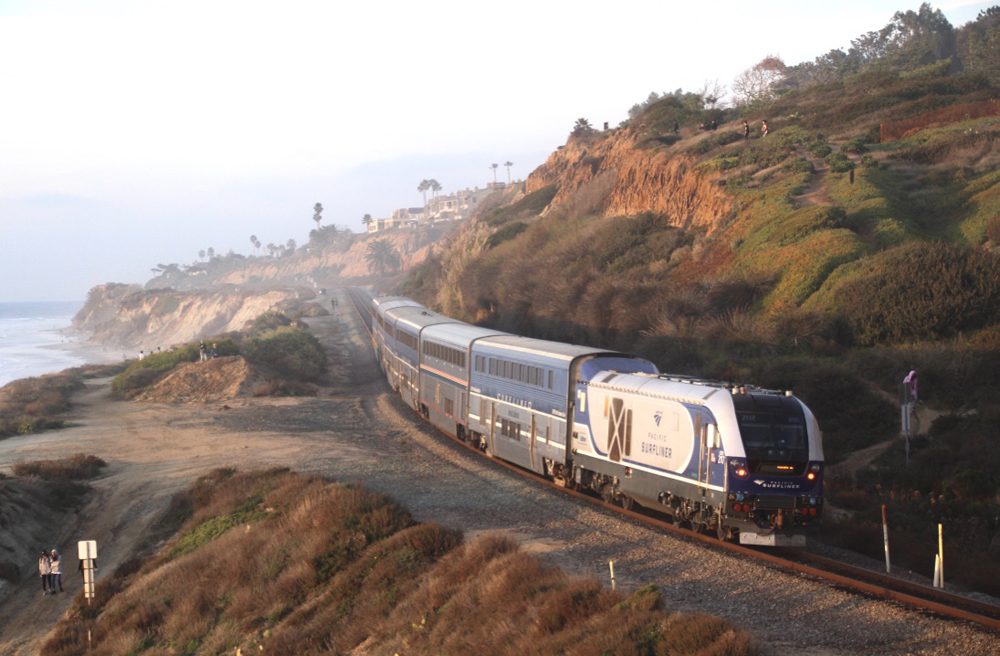
DEL MAR, Calif. — The California Transportation Commission has awarded more than $37 million to the San Diego Association of Governments for its continuing project to stabilize the rail line along Del Mar Bluffs, the San Diego Union-Tribune reports.
The next phase in the project, scheduled to begin in November, is expected to cost more than $78 million, with funding from the Federal Transit Administration ($13 million) and Federal Railroad Administration ($11.75 million) as well as the North County Transit District and California Natural Resources Agency. SANDAG, the regional planning agency, will begin advertising bid for the work in April.
The ongoing efforts to stabilize the 60-foot-tall bluffs include driving concrete and steel columns and construction of retaining walls, among other measures. The stabilization work on the route used by Amtrak’s Pacific Surfliners, Coaster commuter trains, and BNSF freight traffic is considered an interim measure. The long-term goal is to move the route inland, with a tunnel under Del Mar, a project likely to cost more than $4 billion. SANDAG received $300 million for planning for that project last fall [see “San Diego planning agency accepts funds …,” Trains News Wire,” Sept. 12, 2022].






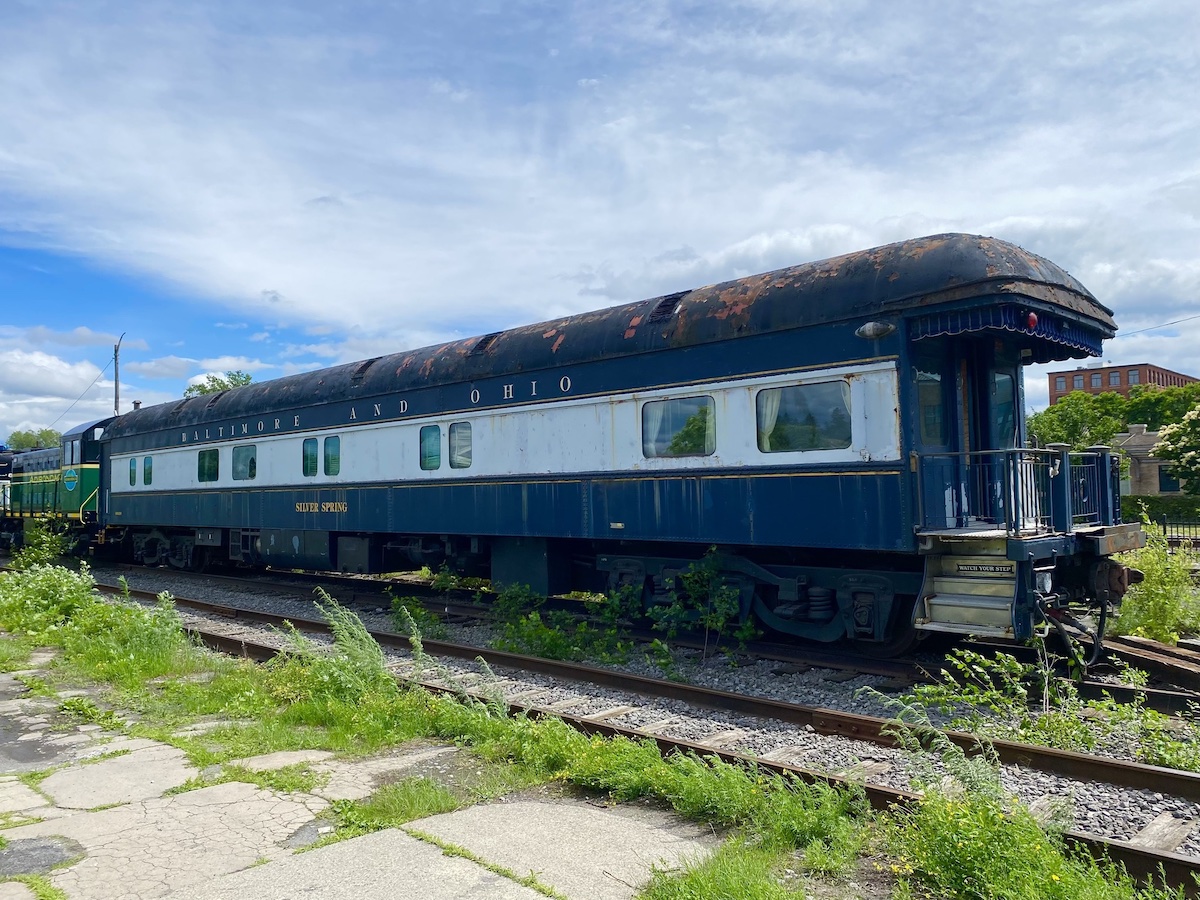
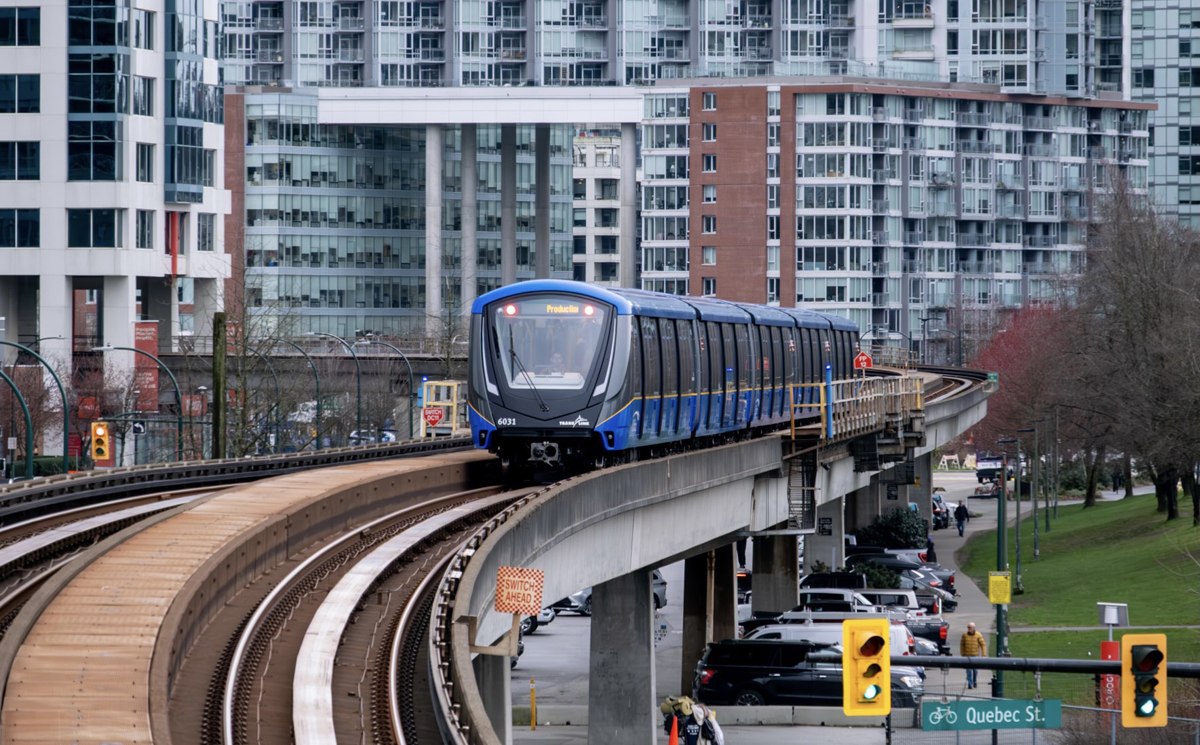
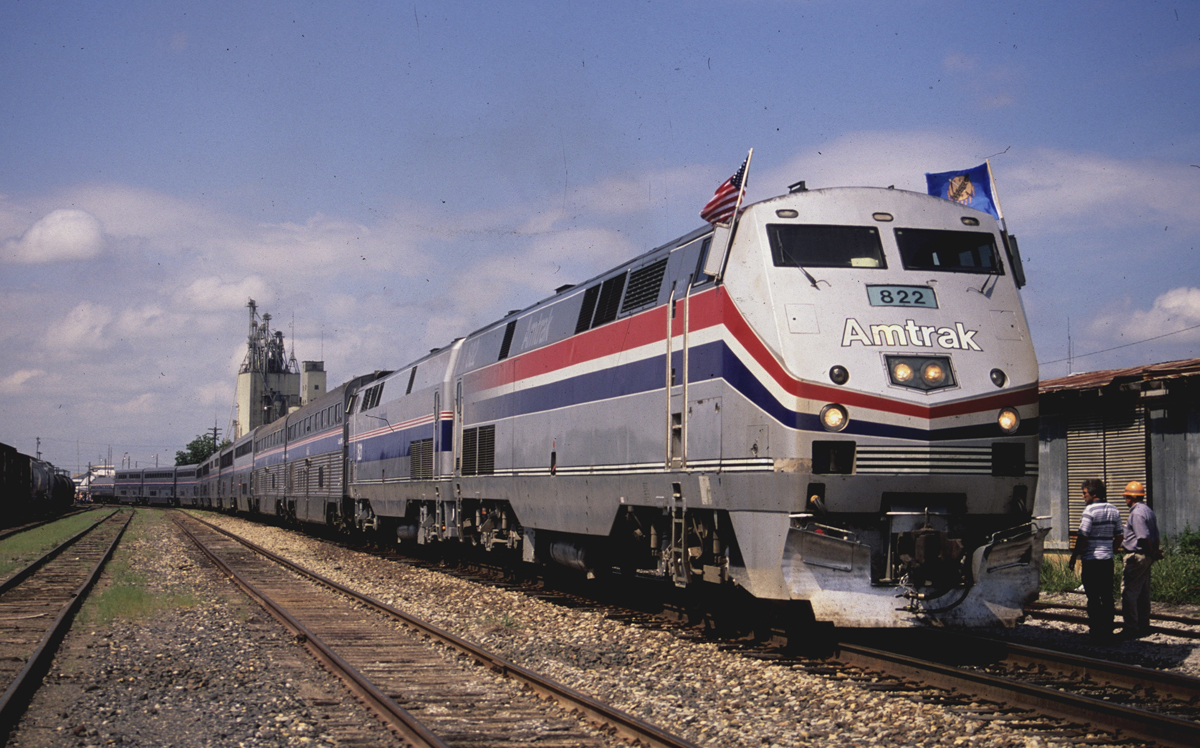
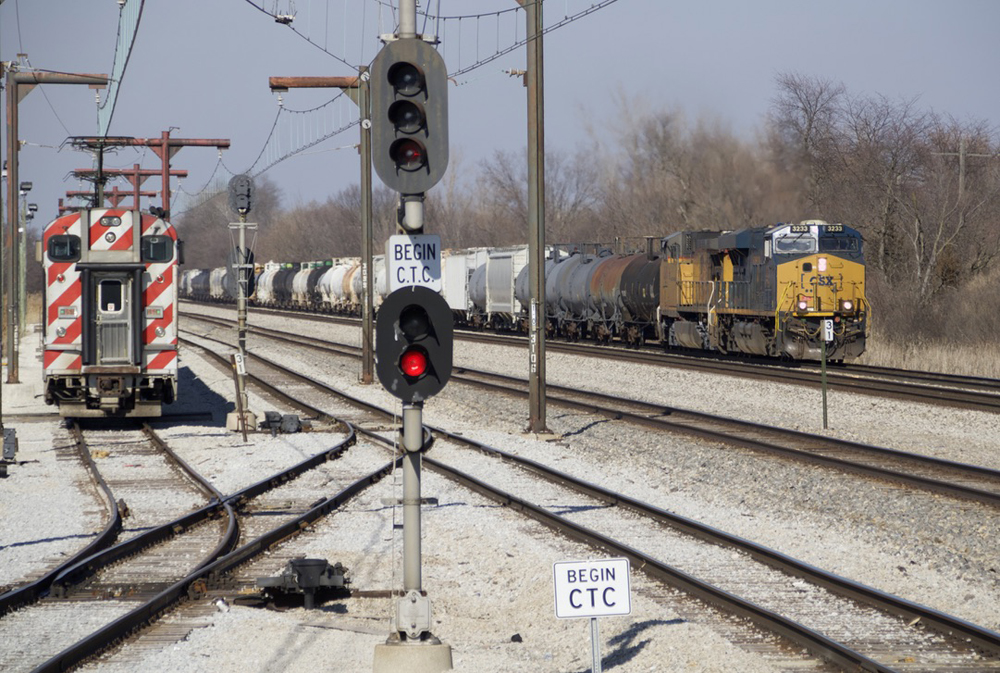




Thank you for your insight. I knew there would be some answers, here, that made sense. I’m way over in Virginia and have admittedly limited knowledge on the subject.
Once the tunnel is built, the land on the present right-of-way could be sold, probably in excess of the tunnel construction costs. Of course, that wouldn’t happen; cronies will have first dibs and stuff their pockets.
Selling it won’t happen because the California Coastal Commission has jurisdiction over all uses of land that is along the coast or near estuaries that lead into the ocean. It will be deemed public land that is used for access to the coast and nothing will be able to be built on it…ever.
I agree with George Forbes, it will be a long time coming for the “long-term solution” if ever.
can someone with more knowledge on the subject explain why 10s of millions upon millions of $$ is going to be spent on a project only to be replaced by a tunnel that will cost billions?
And further explain the need for a tunnel to replace a line they will have just spent millions stabilizing? I though CA had major financial problems. Maybe these kind of decisions are part of the problem, perhaps?
The tunnel is a long range solution to the continued erosion of the shoreline and the dangers to people attempting to access the beach across the rail line. As with most all government programs it will take years to do the planning, engineering and evironmental approval work as well as to find the funding. The current work is to keep the route from washing away till all the above is completed.
Michael,
Most of southern California coast is receding and emerging relative to the ocean. The existing line was built in the late 1880’s. Today it is too close to the ocean. It should have been relocated inland years ago. A double track tunnel bypassing a developed and affluent neighborhood of NIMBYs is now the long term solution. It will also eliminate trespassing and resulting deaths.
California does not have major financial problems…we are now the 4th largest economy in the world, our budget has been balanced for the last several years and we have a reserve to work with if needed(i.e., if there’s deemed a budget shortfall and the governor chooses to use the reserve fund). We also pay more to the Federal government than we receive, if we s topped paying money to the Feds, the deep south would lose almost all of the money they get from D.C.. California and N.Y. prop up the governments of Louisiana, Alabama and Mississippi…and possibly a few others.
Gerald,
Yes, California is the 4th or 5th largest economy in the world and have had balanced budgets with some surplus the last few years. The only problem is that those surpluses resulted from all the Federal spending directed to California in the pandemic years. Now that this money is running out, California is projected to have a deficit between 28 and 40 billion dollars this year. Most of the reserve you mentioned will be gone within a year or two. It will get worse in the coming years.
4-500,000 people (mostly middle and higher wage earners) are leaving that state each year. From estimates I’ve read, California is projected to loose between 3 and 4 million residents by 2030. Many are leaving because of the sky high taxes and others are leaving because they are following the jobs that are moving because of the high taxes AND unreasonable regulations put on business. It’s only going to get worse. After California raises taxes to make up for loosing all those people and business, more people will leave. California LOST 1 house seat in last census. If exodus continues at the present rate they will loose a minimum of 2 more seats and as many as 4. Less representation to bring home the bacon.